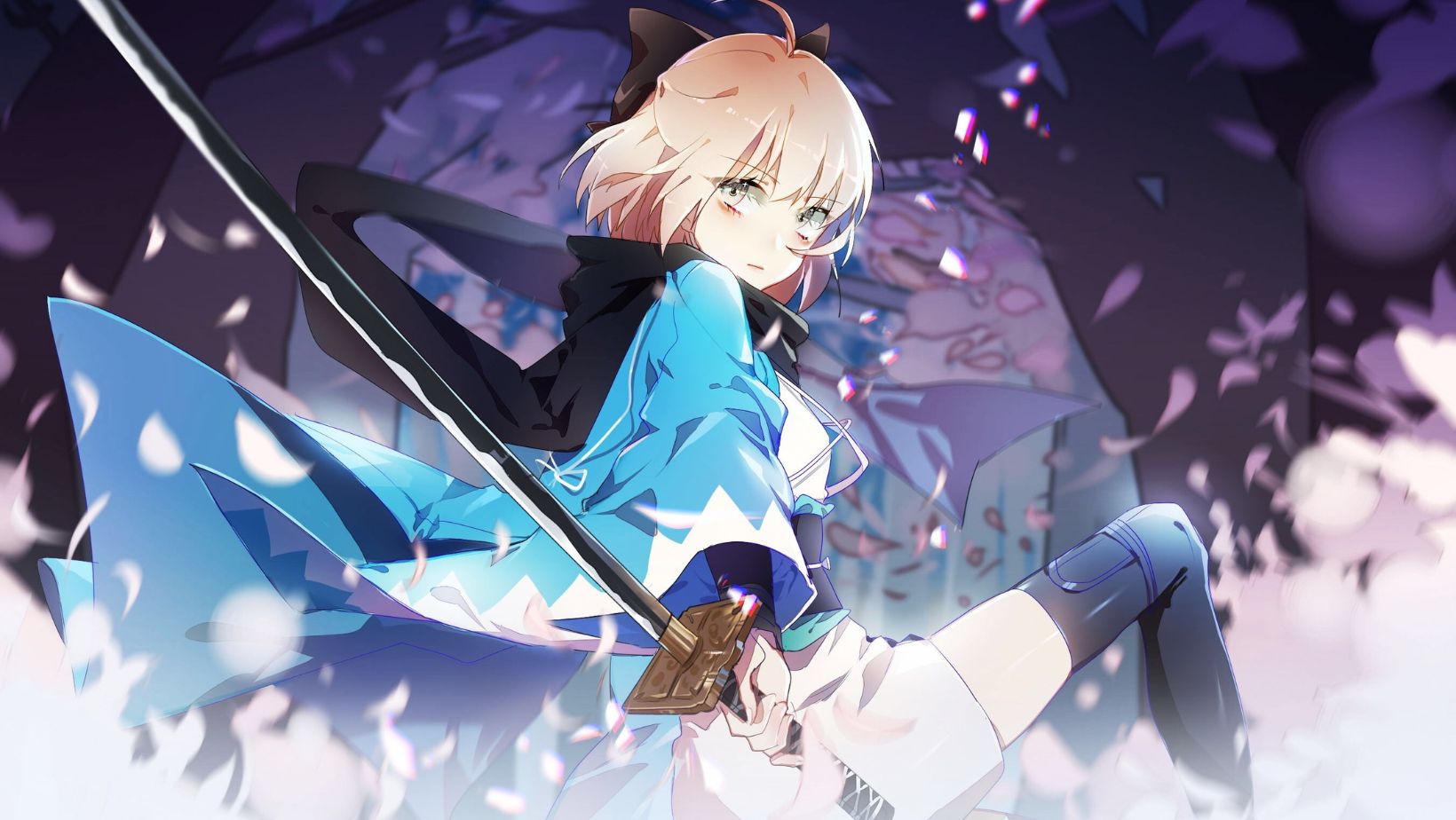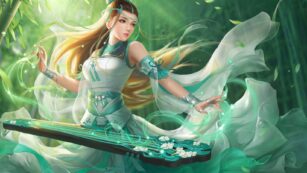
Anime has captured the hearts of millions worldwide, and its appeal often lies in its ability to portray cuteness in the most delightful ways. From wide-eyed characters to whimsical creatures, the world of anime offers a charming aesthetic that’s hard to resist. This allure isn’t just about visuals; it’s a blend of storytelling, character design, and emotional depth that creates an irresistible package.
The concept of “cute” in anime, often referred to as “kawaii,” has become a cultural phenomenon, influencing fashion, art, and even technology. Characters embodying this aesthetic bring warmth and joy, making them beloved by fans of all ages. Whether it’s the shy schoolgirl or the mischievous magical creature, these characters invite viewers into a world where innocence and charm reign supreme.
Understanding why these elements resonate so deeply requires a closer look at the creative techniques and cultural influences that shape this beloved genre.
Anime:d7qo3udzwnm= Cute
 Anime’s ability to portray cuteness, or “kawaii,” resonates with audiences worldwide. Characters often feature large, expressive eyes, vibrant colors, and exaggerated facial expressions. These elements contribute to an emotional connection between viewers and characters. For example, series like “Sailor Moon” and “My Neighbor Totoro” showcase these traits effectively.
Anime’s ability to portray cuteness, or “kawaii,” resonates with audiences worldwide. Characters often feature large, expressive eyes, vibrant colors, and exaggerated facial expressions. These elements contribute to an emotional connection between viewers and characters. For example, series like “Sailor Moon” and “My Neighbor Totoro” showcase these traits effectively.
Narrative depth is another aspect where anime excels. Storylines in anime often balance complex emotions with lighthearted moments. This mix deepens engagement and emotional investment. “Fruits Basket” and “Cardcaptor Sakura” exemplify this storytelling blend by integrating heartfelt themes with charming visuals.
 Cultural influences shape the kawaii aesthetic. Japanese culture, with its emphasis on harmony and balance, plays a significant role. This cultural backdrop manifests in anime characters who exhibit cuteness as a symbol of innocence and purity. Additionally, the global appeal of this aesthetic extends to fashion, merchandise, and even digital platforms.
Cultural influences shape the kawaii aesthetic. Japanese culture, with its emphasis on harmony and balance, plays a significant role. This cultural backdrop manifests in anime characters who exhibit cuteness as a symbol of innocence and purity. Additionally, the global appeal of this aesthetic extends to fashion, merchandise, and even digital platforms.
Anime’s kawaii charm extends into technology and social interaction. Characters frequently appear in mobile apps and social media. These platforms allow fans to interact with beloved characters in new ways. Products featuring popular kawaii characters often find success, illustrating the widespread affection for this aesthetic.
Visual Appeal and Art Style
 Anime captivates through its distinct visual appeal and art style. Characters often feature exaggerated features like large eyes, which express a range of emotions and create an instant connection with audiences. Vibrant color palettes enhance mood and atmosphere, exemplifying the diversity of anime worlds.
Anime captivates through its distinct visual appeal and art style. Characters often feature exaggerated features like large eyes, which express a range of emotions and create an instant connection with audiences. Vibrant color palettes enhance mood and atmosphere, exemplifying the diversity of anime worlds.
Art styles vary significantly across different series, showcasing unique creative techniques. Shows like “Attack on Titan” highlight dynamic action scenes with detailed backgrounds, while “Lucky Star” employs a simplified design to emphasize humor and charm. This variety allows audiences to experience various emotions, from excitement to nostalgia.
Line work and shading also play a crucial role. Precise lines define characters and settings, while thoughtful shading adds depth and dimension. “Studio Ghibli” films, such as “Spirited Away,” exhibit meticulous attention to detail, contributing to their appeal.
Combining these elements, anime conveys stories with visual flair. Each series presents a distinct visual language, making anime a versatile and enduring form of entertainment.
Storyline and Themes
 Anime storylines often blend fantastical elements with everyday scenarios, crafting narratives that resonate across cultures. Series like “My Hero Academia” weave themes of perseverance and heroism, showcasing characters who face personal and external challenges. This balance of fantasy and reality offers audiences both escapism and relatability.
Anime storylines often blend fantastical elements with everyday scenarios, crafting narratives that resonate across cultures. Series like “My Hero Academia” weave themes of perseverance and heroism, showcasing characters who face personal and external challenges. This balance of fantasy and reality offers audiences both escapism and relatability.
Themes of friendship, love, and identity are prevalent in anime, providing depth and emotional resonance. In “Naruto,” the protagonist’s journey underscores the importance of camaraderie and self-discovery. Viewers often connect with characters tackling universal issues, such as acceptance and belonging.
Many anime incorporate moral dilemmas and social commentary, prompting reflection. “Death Note” explores justice and ethics, raising questions about power and consequences. This complexity in storyline and themes distinguishes anime, engaging viewers on multiple levels and encouraging ongoing discussion.
Exploring cultural motifs in anime highlights diverse storytelling traditions. “Spirited Away” integrates Shinto beliefs, reflecting Japanese spirituality in its narrative. Anime often uses these cultural elements to enhance world-building, allowing audiences to gain insight into different worldviews and histories.
